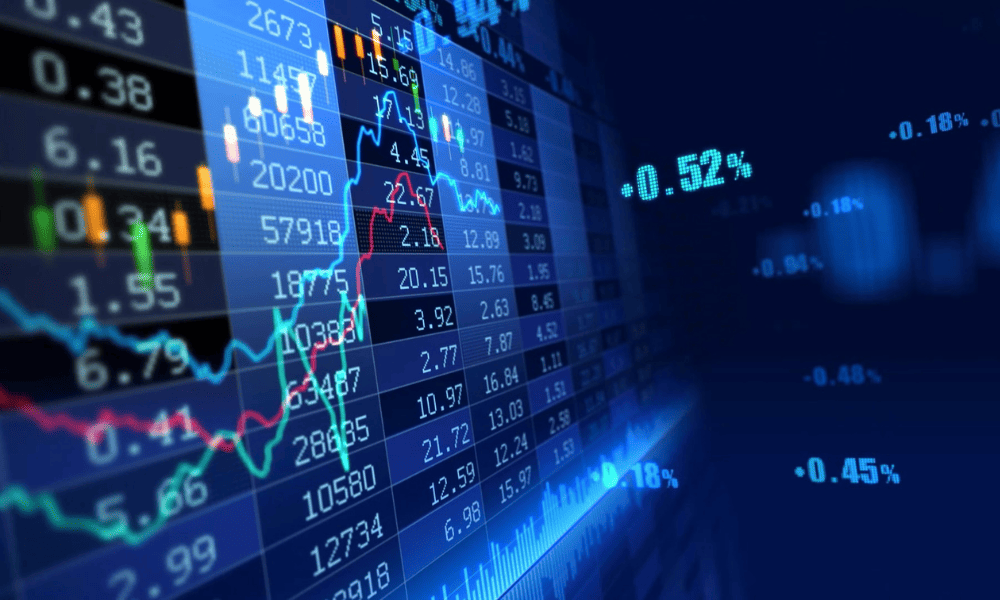Risks are the first thing that anyone, who wants to take up trading/investing, should consider....

Risks are the first thing that anyone, who wants to take up trading/investing, should consider.
The risks of losses due to force majeure, due to Forex manipulations by market makers, due to a technical analysis error, or if you miss something in fundamental analysis.
You can’t completely avoid the trading risk, but you can minimize it. Read on the article and you will learn how to minimize/optimize trading risks and how to make up a balanced investment portfolio.
A Short Guide to Risk Management For Beginners.
On January 15th, 2015, the Swiss National Bank (SNB) suddenly announced that it would no longer hold the Swiss franc at a fixed exchange rate with the euro, as it had been done for over 3 years.
There was a panic and the franc increased by more than 30% against the U.S. dollar and the euro; the Swiss stock market, on the contrary, dropped by 10%, which hit the exporters.
It was a real disaster for traders. Those, who were going short on the frank (holding franc short positions), just in a second lost their deposits because of a stop out. Brokers also suffered, as many announced liquidity problems.
On Saturday, September 14th, 2019, Saudi Arabia’s oil facilities were attacked by drones, which cut about 50% of the country’s oil output, which is more than 5% of the global oil supply.
On Monday, Brent oil futures instantly soared by 19%-20%. The intraday jump was the biggest since the 1991 Gulf War. Those, who didn’t exit the short trades before the weekend lost much.
Both examples are trading risks. You can’t predict all the risk factors in FX trading, as there is always the probability of force majeure. But you can reduce the risks.
Besides, the higher is the risk, the greater is the potential profit. For example. In the case of oil price surge, those, who were going short – lost, but the traders betting on the rise – gained about 20% just in a day.
Types of Risks in FX Trading
Trading risks or market risks. It is the risk of losses resulting from the factors affecting the price direction or from the errors in the analysis (forecast) of the market situation.
Technical risks. The risk of losses resulted from technical problems or failures: platform failures, failure of orders, fraud by the broker, etc.
Psychological (behavior) risks. The risk of wrong trading decisions resulted from the trader’s excitement, or psychological state: stress, fatigue, fear, greed.
I will deal with trading or market risks!
Trading risk is the uncertainty about the future price movements resulting from the market and non-market factors.
Basically, if you have an open position, you face only risk, the risk that you have wrongly identified the price trend. If the price goes in the opposite direction to the trade entered, the trader will lose.
If the position hasn’t been yet opened, the risk is in the wrong forecast of the trend direction or its reversal. I should note that there is no clear definition of the trend concept, so traders understand it in their own way.
Traders determine for themselves the value of the critical amplitude (price reversal), which is called the risk limit and depends on the amount of money on the deposit.
In other words, one trader can survive through, for example, a drawdown of 100 points, another no more than 20 points. Everyone determines the level (limit) of risk for themselves, but you need to understand the nature of trading risks.
Errors in market analysis and forecast. Any publication of the economic data, the release of the results of the Fed’s meeting, meetings of other central banks have their effects.
The only question is whether the investor correctly assessed the significance of this or that news? And did the forecasts, made by the majority, meet reality?
Traders must take into account these and other factors in the forecast. And there can often be mistakes. Traders often ignore or miss something important, which may result in a wrong forecast.
Force Majeure. It can take any form: unexpected political decision, man-made disaster, terrorist attack, the discovery of new mineral deposits, market launch of a new product that has not been previously announced, sudden bankruptcy.
Force majeure can have both immediate and long-term consequences. Examples of long-term force majeure effects include the dot-com crash and the mortgage crisis in the United States, which has turned into a global crisis.
By the way, there are people, who managed to make profits from the crisis. (I recommend an American movie. The Big Short, which quite well describes this situation).
Human factor. The wrong interpretation of patterns, signals due to fatigue, inattention, stress, etc.
Another classification suggests a simplified grouping of the causes of trading risks into the forecast errors in technical, fundamental analyzes, and the human factor.
I have already listed the reasons for the fundamental risks in the Force Majeure section above, and I will dwell in more detail on the risks resulting from errors in technical analysis. (Continue reading with LiteFinance)